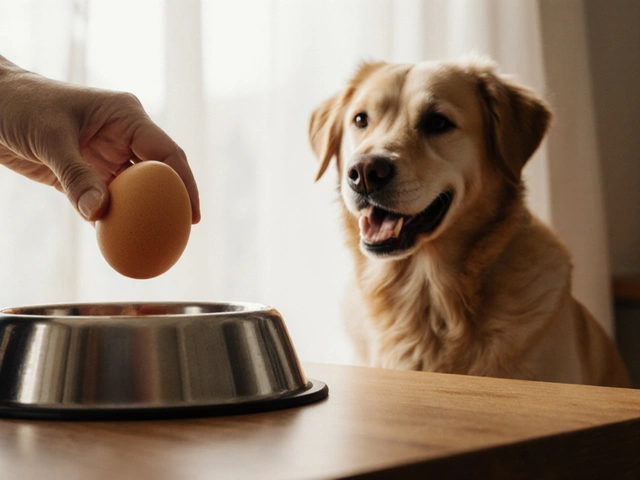Sleeping Puppy: Essentials for Restful Nights
When you first meet a sleeping puppy, you’re looking at more than a cute pose – you’re seeing a growing body that needs proper rest to thrive. Sleeping Puppy, a young dog in the crucial developmental stage that spends a large portion of the day sleeping. Also known as sleeping dog, it relies on safe sleep environments and routine to support brain and muscle growth. Around this central idea, three key players shape the experience: puppy sleep schedule, the daily pattern of naps and nighttime rest puppies follow, dog bed, the bedding setup that offers comfort, support, and hygiene for a puppy’s sleep, and crate training, the method of using a crate to teach safe, independent sleeping habits. The sleeping puppy encompasses these subtopics, requires the right environment, and benefits from consistent routines. Let’s break down how each piece fits together and why it matters for a happy, healthy pup.
Why Sleep Matters for Your Puppy
First, understand that a sleeping puppy typically needs 18‑20 hours of rest in the first few weeks. That’s a lot of downtime, but it’s not idle – muscles repair, brain pathways solidify, and immune function strengthens. If the puppy’s sleep area is too hard, too cold, or too noisy, you’ll see restless movements, frequent waking, or even growth delays. This is where a proper dog bed steps in: memory‑foam inserts, washable covers, and low‑height entry help a pup settle quickly and stay comfortable. Choose a bed sized for the puppy’s current weight; you can always swap it out as they grow. Second, the puppy sleep schedule isn’t random. Most puppies nap every 2‑3 hours, with a longer stretch at night. Mapping this pattern helps you plan feeding, potty breaks, and playtime without interrupting deep sleep phases. For example, a feeding at 7 am followed by a short walk, then a nap at 8 am, mirrors natural rhythms and reduces excessive barking at night. Finally, crate training isn’t about confinement; it’s about creating a safe den. When introduced gradually, a crate becomes a familiar spot that signals “time to rest.” Place the crate near your bedroom at first – puppies often feel more secure hearing you nearby. Replace the crate with a dog bed once they consistently sleep through the night without anxiety. Crate training, combined with a steady sleep schedule and a comfy bed, creates a triple‑layered approach that keeps the sleeping puppy happy.
Below you’ll find a curated collection of articles that dive deeper into each of these areas – from choosing the best chew toys that won’t disrupt sleep, to spotting health signs if your puppy’s rest seems off, and practical steps for transitioning out of a crate. Browse the list to get hands‑on advice, real‑world examples, and expert tips that will help you master the art of keeping your puppy well‑rested and ready for the adventures ahead.

The Risks of Waking a Sleeping Puppy: What Every Owner Should Know
Waking a sleeping puppy sparks stress hormones, disrupts vital growth and brain development, and can lead to long‑term health and behavior problems. Learn why uninterrupted sleep matters and how to handle pups gently.
read more





